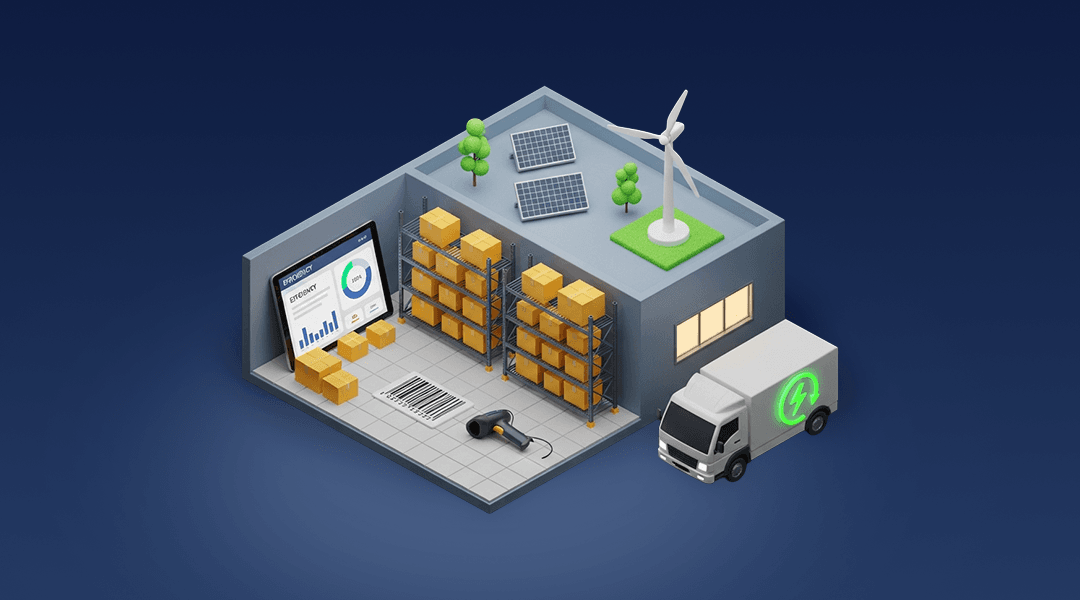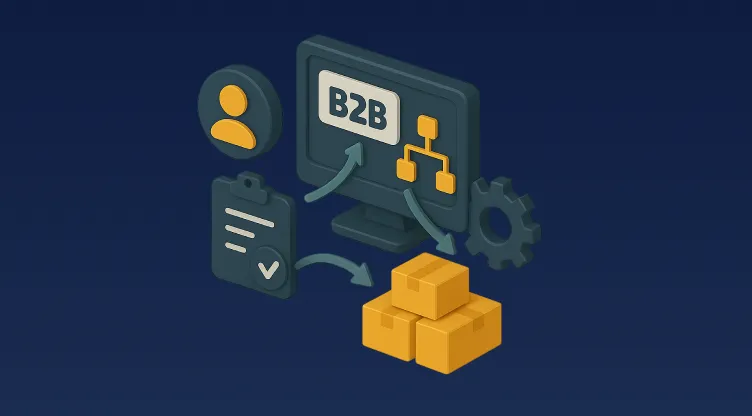The Future of Inventory Control Starts with Integration
In today’s fast-moving supply chain landscape, businesses are no longer just aiming for efficiency—they are striving for intelligence. Integrating an integrated inventory management system with supplier portals is no longer a luxury but a necessity, especially for companies operating in competitive regions like the MENA.
Such integration transforms the way businesses manage stock levels, plan demand, and coordinate with suppliers. It also reduces friction and creates a proactive rather than reactive inventory strategy.
Let’s dive into how this synergy between IMS and supplier portals can improve operational accuracy, automate replenishment, and reduce lead times.
Why Traditional Inventory Methods Are Falling Short
Outdated inventory practices, like manual reordering or spreadsheet-based tracking, can’t keep up with modern supply chain demands. These systems are prone to errors, lead to stockouts or overstocking, and often lack real-time visibility. The result? Delayed deliveries, lost sales, and higher operational costs.
In contrast, an automated inventory management system improves visibility, reduces human error, and enables real-time decision-making. But the real magic happens when it's connected to supplier portals.
The Power of IMS and Supplier Portal Integration
Real-Time Forecast Sharing
Forecast accuracy is critical in any supply chain. Integrated systems can automatically generate demand forecasts using historical sales, seasonality, and AI-driven insights. When connected to a supplier portal, these forecasts are shared instantly, giving suppliers the visibility they need to plan and allocate resources efficiently.
This eliminates guesswork, allowing both sides to reduce excess inventory and stockouts.
Automated Reorder Triggers
With an advanced inventory management system design, reorder points can be dynamically adjusted based on sales trends, safety stock levels, and lead time variability. Once thresholds are reached, the system can automatically raise purchase orders and notify suppliers through the portal.
This automation shortens the response cycle dramatically and ensures that no stock slips through the cracks.
Lead Time Transparency
Suppliers often struggle with inconsistent lead time data. By integrating IMS with supplier portals, both parties can track inbound shipments in real-time, view expected delivery dates, and plan accordingly.
This visibility helps businesses optimise warehouse operations and maintain lean inventory without compromising service levels.
Benefits for MENA Businesses
In the MENA region, businesses face unique challenges such as regulatory variability, long cross-border lead times, and supply chain fragmentation. Integrating IMS with supplier portals directly addresses these by:
- Supporting compliance through automated documentation and data sharing.
- Improving planning across diverse supplier ecosystems.
- Reducing dependency on manual updates in multilingual, multicultural settings.
Platforms like Omniful—which is born in Saudi Arabia and built for MENA supply chains—enable such integrations by offering real-time dashboards, AI-powered forecasting, and automated procurement workflows.
Key Features to Look For in Your IMS Integration
When choosing an IMS with supplier portal capabilities, ensure it includes:
- Real-time stock visibility across multiple hubs.
- Dynamic reorder rules and buffer stock settings.
- Inbound shipment tracking.
- Forecast modelling tools using predictive analytics.
- Automated PO creation and tracking.
For example, Omniful’s system offers enterprise-level inventory tracking, GRN creation, mobile-based adjustments, stock synchronisation, and more—all designed to streamline the supply chain.
Real-World Examples of Success
Aramex (KSA)
Aramex implemented a custom OMS and integrated it with their existing Infor WMS using Omniful’s modular solution. This allowed real-time visibility for 100+ dark stores, automating inventory sync and supplier communications.
Laverne Group (KSA)
Faced with slow 3PL deliveries, Laverne switched to an in-house model using Omniful’s WMS and IMS. Their average delivery time dropped from 6 days to just 2–3 hours in Riyadh, largely due to better inventory planning and automated supplier coordination.
How to Get Started
If your business still relies on outdated inventory methods or disjointed supplier communications, now is the time to upgrade.
Look for a cloud-native IMS that supports:
- Multi-hub management
- Real-time updates
- Seamless supplier integration
- Scalable API connectivity
And most importantly, choose a platform like Omniful that is designed for MENA logistics, including support for Arabic, local tax systems, and regional logistics constraints.
Call to Action
See Omniful in Action
Ready to eliminate inefficiencies and unlock true visibility across your supply chain? Discover how Omniful’s integrated inventory management solutions can future-proof your operations.
Contact Omniful →
FAQs
How does IMS integration help with supplier performance?
It provides real-time metrics and lead time tracking, which helps identify underperforming suppliers and resolve issues faster.
Can small businesses benefit from IMS-supplier integration?
Yes, especially when using scalable cloud-based solutions like Omniful, which offer affordable, plug-and-play features.
Does integration require IT expertise?
Modern IMS solutions offer APIs and plug-ins that reduce the need for heavy IT lifting. Vendors also provide onboarding support.
























